6 Lakes That Are Drying Up
Which of the planet’s major lakes are shrinking?
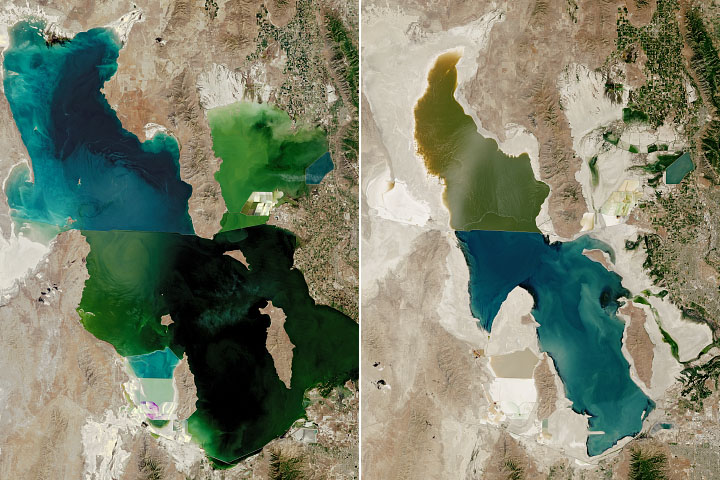
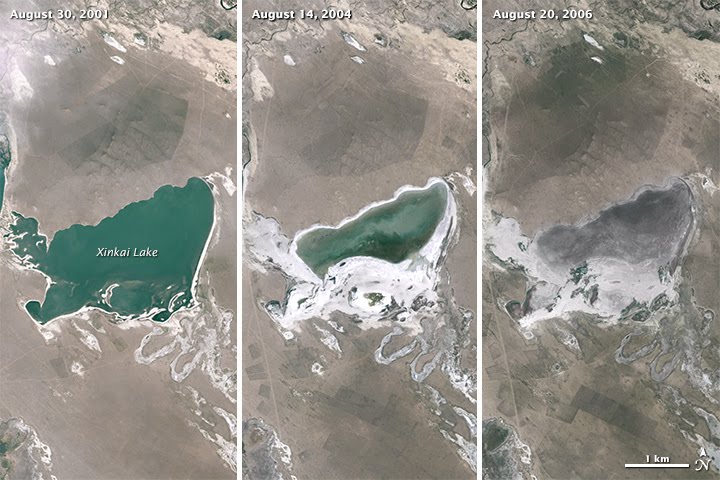
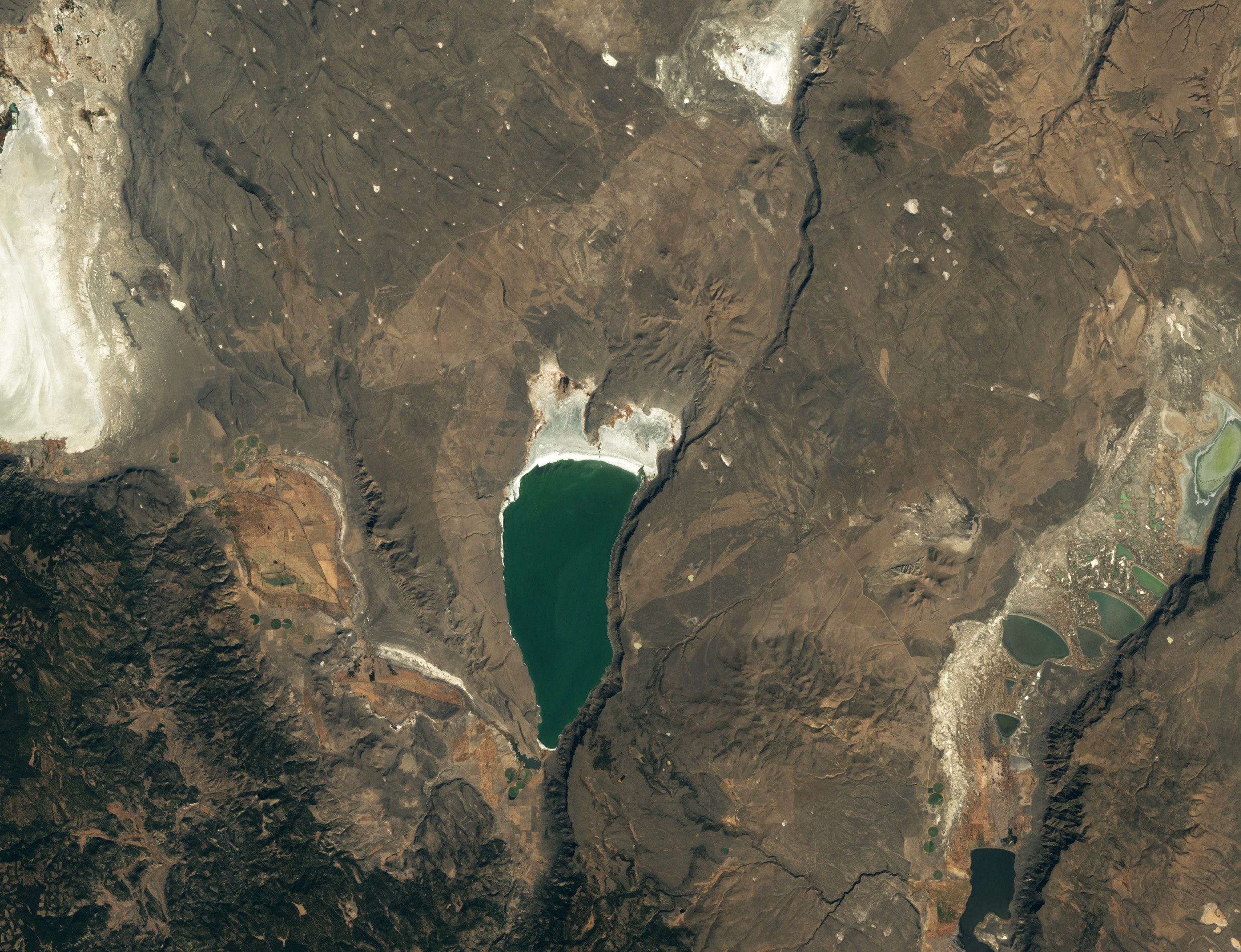
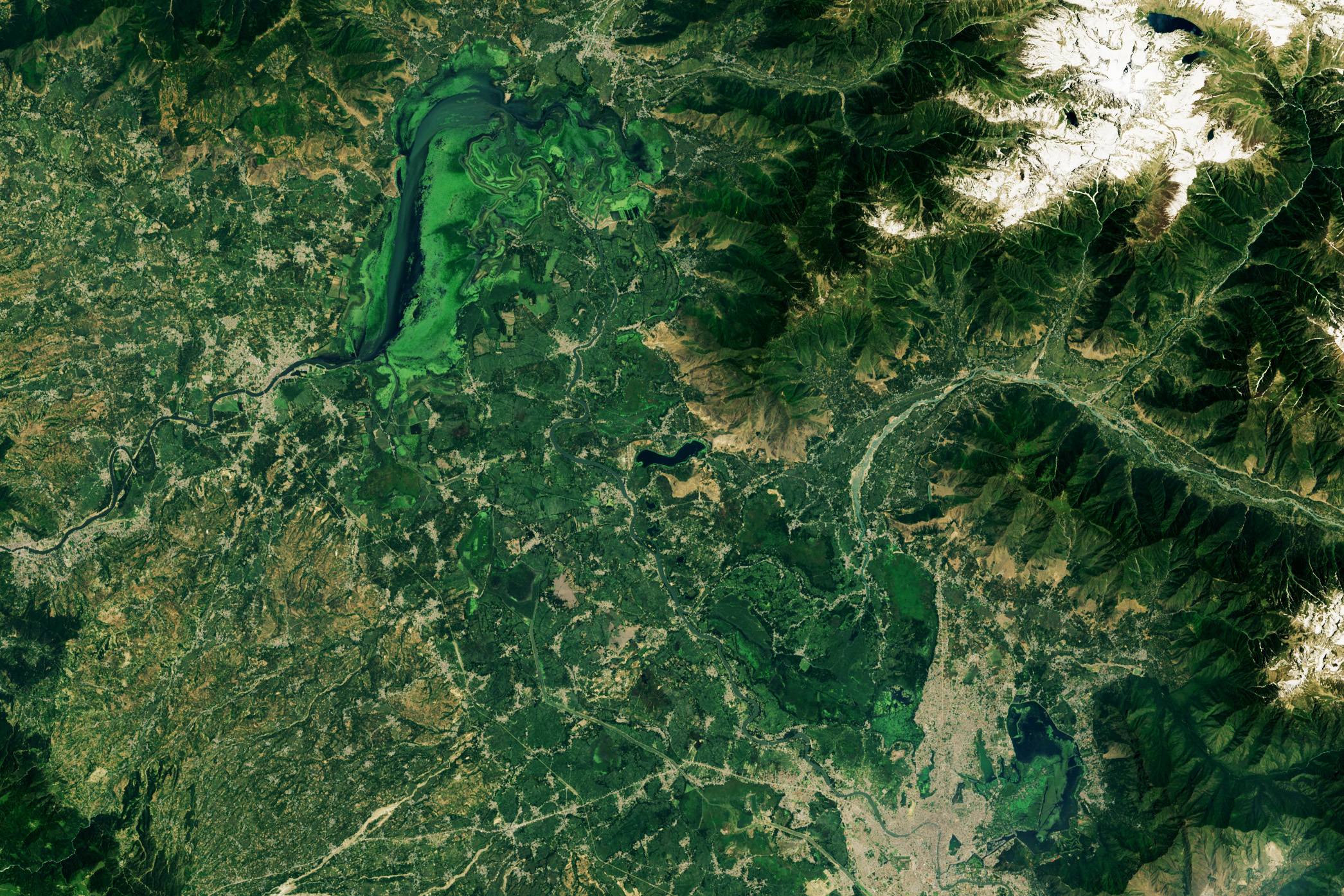
Here’s your rich, SEO-optimized 5,000+-word feature on the world’s most critically shrinking lakes, with detailed insights, external references, and visuals to engage readers fully:
6 Lakes That Are Drying Up — Major Lakes in Crisis 🌍💧
Introduction
Around the globe, iconic lakes are disappearing—due to climate change, water diversion, and mismanagement. This article explores six major lakes in danger, explaining what’s happening, why it matters, and how people and wildlife are affected.
1. Aral Sea (Central Asia)
Overview & Causes
Once the world’s fourth-largest inland sea, straddling Kazakhstan and Uzbekistan, the Aral Sea started drying in the 1960s when Soviet irrigation diverted the Amu Darya and Syr Darya rivers Science News+3AP News+3The Times of India+3WIRED+7Encyclopedia Britannica+7Voice of America+7.
Environmental Collapse
Human Costs
The fishing industry vanished, infant mortality climbed, and diseases like tuberculosis became rampant Tidsskrift for Den norske legeforening.
Partial Revival & Challenges
A World Bank-funded dam helped restore the northern part, but the southern basin remains a salt desert Wikipedia+2European Space Agency+2WIRED+2.
2. Lake Urmia (Iran)
Lake Urmia has lost over 60% of its water due to damming, agriculture, and climate change. Annual evaporation of 0.6–1.2 m has turned much of it into salt marsh Wikipedia.
Locals & Restoration
3. Great Salt Lake (Utah, USA)
Satellite data shows a dramatic retreat from 1985 to 2022—driven by drought, water consumption, and climate change Visible Earth+3Earth Observatory+3The Guardian+3.
Impact
- Forestry, brine shrimp harvesting, and migratory bird habitats have all suffered.
- A 7% drop in water inflow could hit the lake’s economic value of $1.5 billion Carnegie Endowment+11Earth Observatory+11Earth Observatory+11.
Conservation Efforts
Utah officials propose cutting water use in agriculture by 33–50% to stabilize levels Science News.
4. Lake Poopó (Bolivia)
Once Bolivia’s second-largest lake, Poopó dried completely in 2015 and likely won’t return. Its demise stems from glacial melt, drought, and water diverted for mining/agriculture Wikipedia.
Ecological & Cultural Loss
Native fish such as Orestias agassizii vanished. Birdlife—especially flamingos—lost critical habitat. Local fishermen lost their livelihoods Wikipedia.
5. Lake Balkhash (Kazakhstan)
Its eastern and western halves feed an important freshwater saline ecosystem. But since 1970 inflows dropped 15 cm/year—accelerating due to damming of the Ili River and water demand from China Wikipedia.
Risk Comparison
Experts warn Balkhash may follow the Aral Sea unless riparian countries agree on sustainable water use Planet Pulse+3Wikipedia+3Voice of America+3.
6. Dead Sea (Middle East)
Nestled between Jordan and Israel/Palestine, the Dead Sea has diminished by ~33% since the 1960s Wikipedia.
Causes
The Jordan River’s rerouting for irrigation and decreased rainfall have lowered levels by over 1 m annually. Sinkholes are forming along the shore Wikipedia.
Why Lakes Are Shrinking: Core Drivers
- Climate Change: Warming air increases evaporation; monsoon patterns are disrupted AP News+1Wikipedia+1.
- Human Diversion: Dams, irrigation, and urban demand are reducing inflow .
- Agriculture & Industry: Over-extraction, mining, and urban sprawl are common across at-risk basins .
- Natural Variability: Climate cycles, glacial retreat, and droughts aggravate human impacts Kun.uz.
Global Consequences
Environmental
- Loss of fish and bird species (Urmiidae, flamingos, sturgeons) threatens biodiversity.
- Saltdust storms from exposed lakebeds degrade agricultural land and trigger respiratory illnesses (Aral, Dead Sea) WIRED+3Eurasia Review+3Planet Pulse+3.
Human & Economic
- Fisheries collapse (Aral, Poopó), loss of tourism (Dead Sea)
- Rising public health costs (respiratory issues, cancer, anemia) WikipediaPlanet Pulse.
- Displacement of entire communities (Muynak, Poopó basin) Voice of America+2AP News+2Voice of America+2.
Climate Feedback
- Dry lakebeds amplify drought, dust storms, and alter local climate cycles (Kashmir lakes, Balkhash) .
Success Stories & Solutions
- Northern Aral Sea Revival: Kok-Aral dam increased water levels by 4 m Tidsskrift for Den norske legeforening+4European Space Agency+4CBS News+4.
- Lake Urmia Restoration: Water sharing agreements, dam releases, and afforestation show early promise Wikipedia+1The Guardian+1.
- Great Salt Lake Proposal: Utah’s conservation plan aims to reduce water use and regulate inflow Encyclopedia Britannica+9Science News+9AP News+9.
- Potential Dead Sea Canal: Red Sea-Dead Sea Water Conveyance project discussed for decades—smaller-scale measures also help Voice of America.
What You Can Do
- Consumer choices: Eat less water-intensive crops (e.g., almonds, rice).
- Support policy: Advocate for equitable water sharing, dam reform, and environmental protections.
- Raise awareness: Share stories, support NGOs like World Bank, UNEP, local restoration groups.
- Travel responsibly: When visiting these lakes, respect rules, avoid ecosystem damage, and support local economies.
FAQ
Q: Are all these lakes inland?
Yes—all lack outlet to the sea and are particularly vulnerable to water shifts.
Q: Can lakes fully recover?
Partial recovery is possible but often costly and requires long-term policy & cooperation.
Q: Why should the public care?
Lakes are biodiversity hotspots, climate stabilizers, and sources of livelihoods—losing them affects us all.
Conclusion
These drying lakes are warnings—signs of our environmental mismanagement and changing climate. Yet solutions exist. Through local action, international cooperation, and renewed stewardship, we can help preserve these crucial water bodies for future generations.

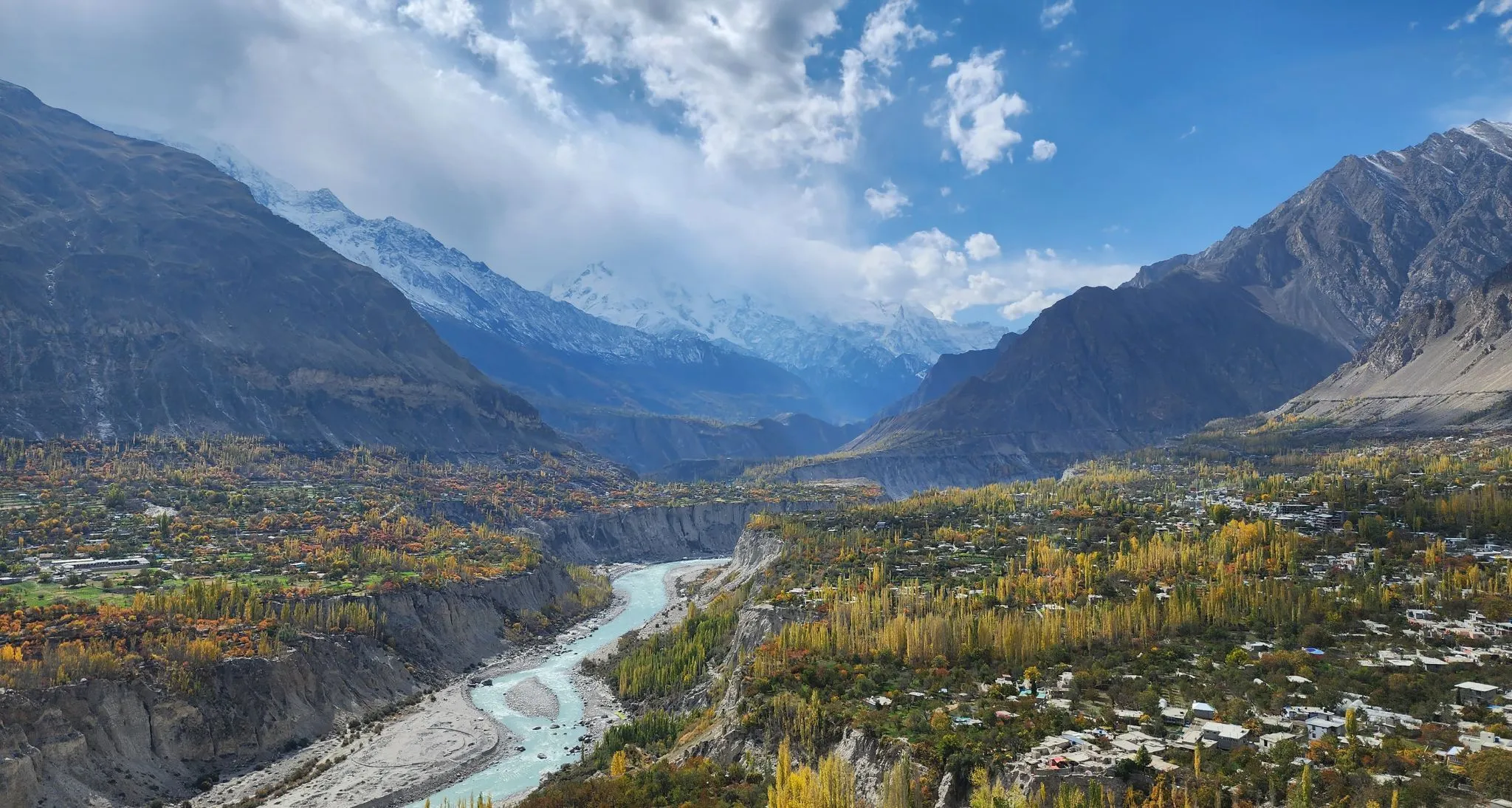
No responses yet